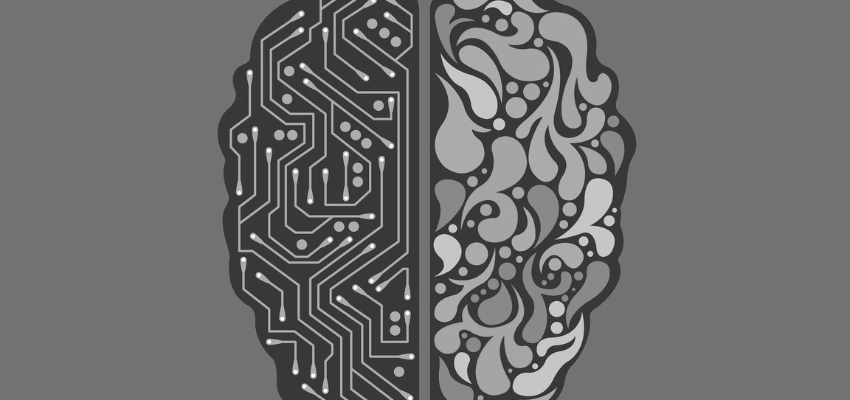The influx of AI writing tools, such as ChatGPT, in higher education, has sparked a sense of upheaval in the academic world. This trend has been widely covered in higher education news sites and blogs (mine included), including the recent announcement from OpenAI about a new classifier aimed at differentiating between AI and human-written content. Despite the technological advancements, the results of this new classifier have been met with mixed reviews. It’s not great.

Will ChatGPT destroy academia?
Contrary to popular belief, I don’t believe that ChatGPT will have a detrimental impact on academia and the student experience. Instead, I see it as an opportunity for educators to embrace their creativity in their assignments and assessments. This prospect is what excites me the most about the potential of AI writing tools in higher education.

Why do I play with AI writing?
I find playing with ChatGPT to be a thrilling experience. The unpredictability and surprise factor of what the AI will come up with in response to a prompt is what makes it so enjoyable, like when I asked for a song in the style of Rage Against the Machine about Library of Congress Call Numbers.
ChatGPT will force us to get creative with assessments and assignments
Recently, I have noticed a newfound enthusiasm for reimagining how we evaluate student learning. This shift has been brought on by the impact of AI writing tools like ChatGPT. As an information professional who values creative approaches to assessment, I find this trend to be invigorating and a much-needed breath of fresh air in academia. The emergence of AI writing has stirred up the educational landscape, providing new opportunities for innovation and progress.
The emergence of ChatGPT presents a timely opportunity for us to re-evaluate our approach to assignment assessment and design. Rather than viewing it as a negative influence, I see it as a catalyst for critical reflection on this important topic, which I have been pondering for some time, even before ChatGPT gained widespread attention on the internet.

